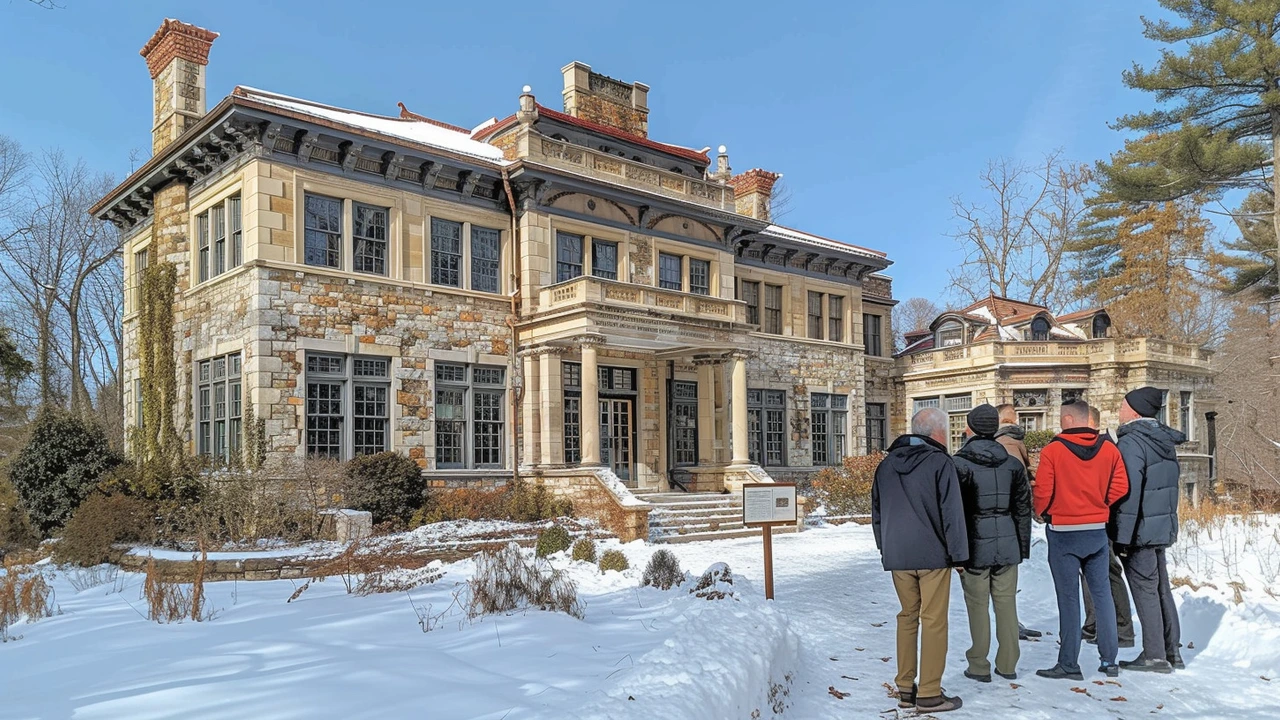Architectural Origins: How styles started and what to spot
Buildings carry fingerprints from the past. Walk down a street and you’ll spot Roman arches, Gothic spikes, Colonial symmetry, and even Art Nouveau flourishes mixed into modern facades. This page gathers posts that trace where those fingerprints came from and shows you how to read them fast.
Quick ID guide
If you want practical help, start by looking at five easy clues: roof shape, windows, entrances, ornament, and material. A gambrel roof screams Dutch Colonial Revival. Rounded arches and heavy stone point to Romanesque or Roman roots. Pointed arches, flying buttresses, or stained glass usually mean Gothic or Gothic Revival. Big domes and gold mosaics hint at Byzantine influence. Large columns and strict symmetry? Think Greek Revival or Georgian. Use these clues when you travel, photograph, or plan a renovation.
Want to go deeper? Read the foundational pieces first: Ancient Roman, Greek Revival, and Byzantine articles explain the engineering and cultural choices that shaped later styles. Then move to revival movements — Renaissance Revival, Gothic Revival, Beaux-Arts — to see how architects reused old ideas in new ways. Finally, check modern reactions like Minimalism, Postmodernism, and Expressionist pieces to understand how designers push back against tradition.
How to use this tag
Use this tag as a short course in architectural roots. If you’re planning a restoration, open the Colonial, Georgian, or Renaissance pieces to learn original materials and common details. If you need design inspiration, skim the Beaux-Arts, Art Nouveau, or Baroque posts for decorative ideas you can adapt. For travel, pick the Roman, Byzantine, or Gothic Revival posts to know what to photograph and where to stand for the best view.
Here are quick, hands-on tips: photograph facades straight on to capture symmetry; take close-ups of moldings and capitals to identify column orders; note window shape and roofline in one shot. Keep a small notebook or phone folder labeled “Architectural Origins” and save images next to short notes — within weeks you’ll start recognizing patterns without thinking about it.
This tag collects both big-picture history and useful how-tos. You’ll find clear explanations of building technology (Roman concrete, domes), style markers (gambrel roof, flying buttress), and real-world advice (preservation challenges, restoration tips). Whether you’re a curious traveler, homeowner, student, or designer, these posts make historic architecture readable and useful.
Finally, don’t expect exact categories on every building. Architects borrow freely. Look for the strongest clues, note surprises, and use the articles here to check your hunches. Architecture tells stories — this tag helps you hear them faster and use them smarter.

Exploring the Origins of Federal Architecture
Hello there! In this post, I'm going to take you on a journey to the early beginnings of Federal Architecture. We will explore its historical roots, understanding its unique characteristics that set it apart. From prominent buildings to influential architects, we'll delve deep into the story of this quintessential American style. Join me as we uncover the origins of Federal Architecture and how it has shaped our communities.
Read more